17 Weird and Wonderful Pakistani Fruits and Vegetables
One of the highlights of travelling anywhere is trying the local food offerings, and Pakistan is no exception. Often this takes the form of unique ways of using already familiar ingredients – yogurt in lassi, or garam masala in a gravy for example. However sometimes there are basic, raw ingredients which are simply so foreign they cannot be translated into English. I’ve come across many such fruit and vegetables in Pakistan, and I’ve been collecting photos of them over the years, so here is my list of 17 weird and wonderful Pakistani fruits and vegetables!
Anwar Ratol Mango
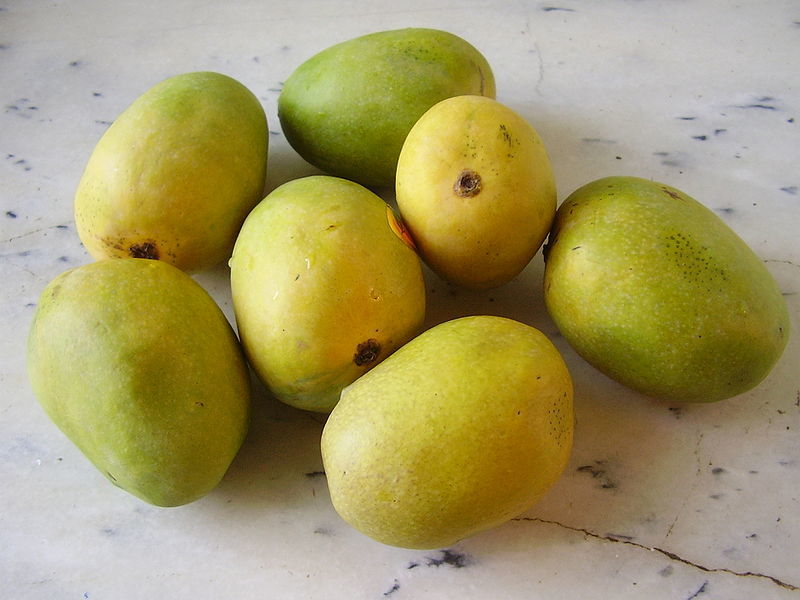
Anwar Ratol (Image: Khalid Mahmood, Wikimedia Commons)
Sometimes spelt Anwar Rathore. A super sweet, tiny mango which will fit in the palm of your hand, and costs significantly more than other varieties. Available in July.
Ber Fruit
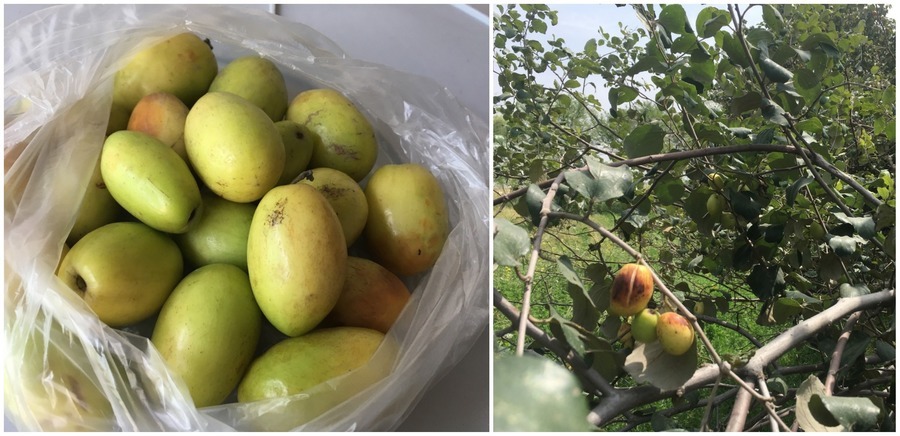
Considered a weed in some countries, the fruit from the Ber tree is a bit like a pear, but it contains a seed in the centre. Better when fully ripe with a brownish tinge. Available in February and March.
Bitter Gourd
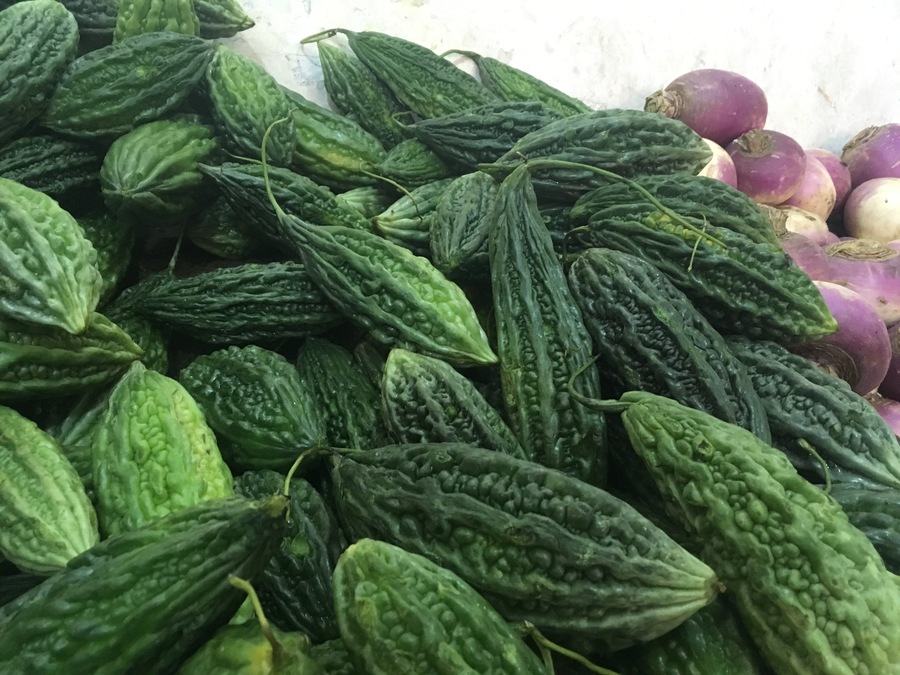
Locally known as karele, this vegetable does indeed taste bitter. It’s popularly cooked with in a curry of some sort to temper the flavour, and sometimes stuffed with minced meat. Available most times of the year.
Falsa
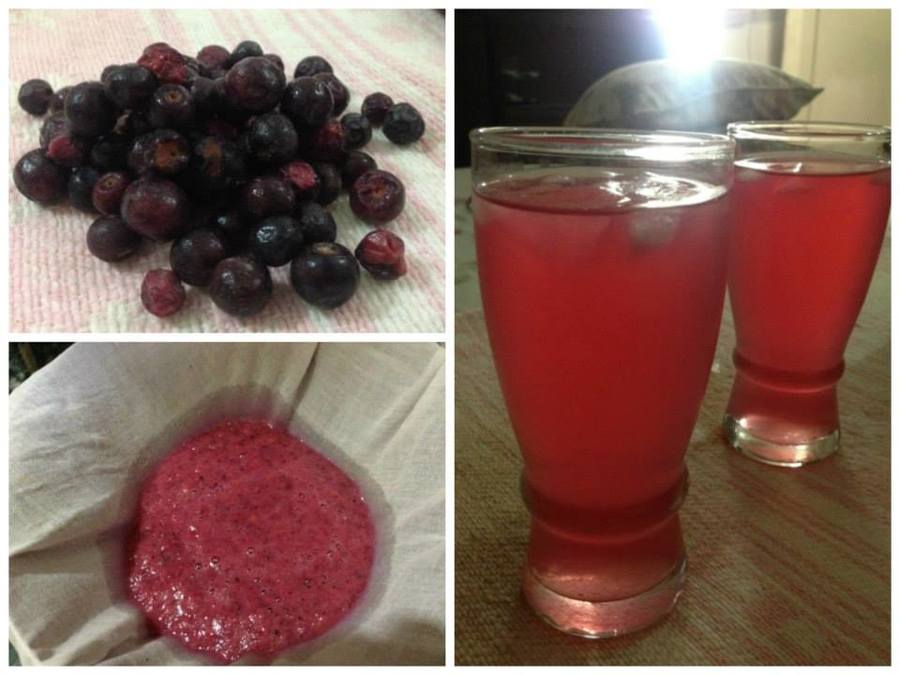
My favourite summer drink is falsa juice. Known (or rather hardly known) in English as grewia, this plant is considered a pest in some parts of the world but in the subcontinent it’s known for its sour berries. The berries are crushed and strained, water is added and salt or sugar for taste – it’s one of the most refreshing juices there is! Available in May and June.
Bottle Gourd
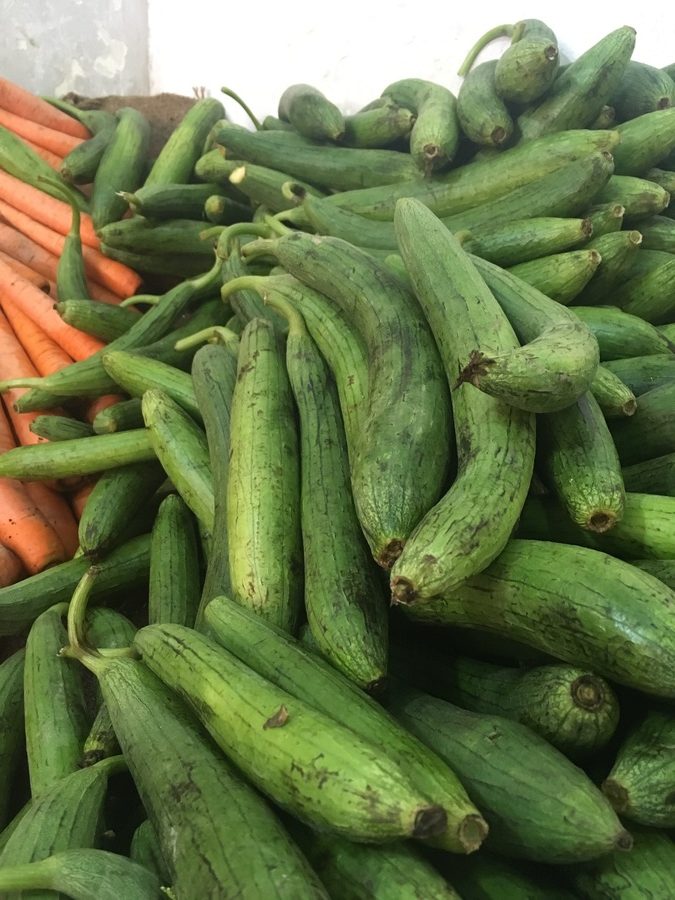
Known locally as ghia or loki, bottle gourd is a large squash that can be cooked into a curry like pumpkin or potato. Available most of the year.
Green Chickpeas
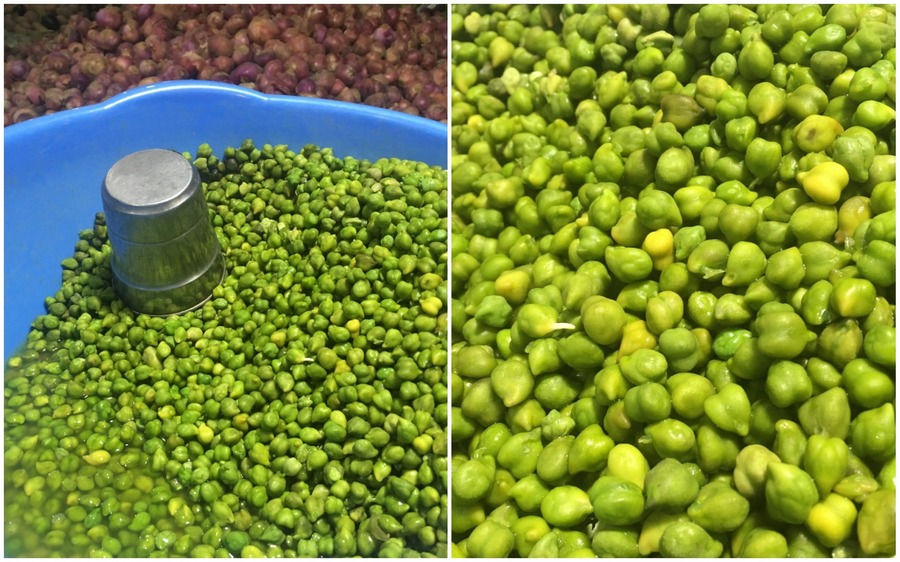
Yes you read that correctly – green chickpeas (known here as hare choliyan) are slightly harder, more vegetably tasting variants of the pale brow chickpeas you’re used to. They grow in the deserts, and can be cooked into a curry – they usually turn brown when cooked for long enough. Available November to March.
Jamun
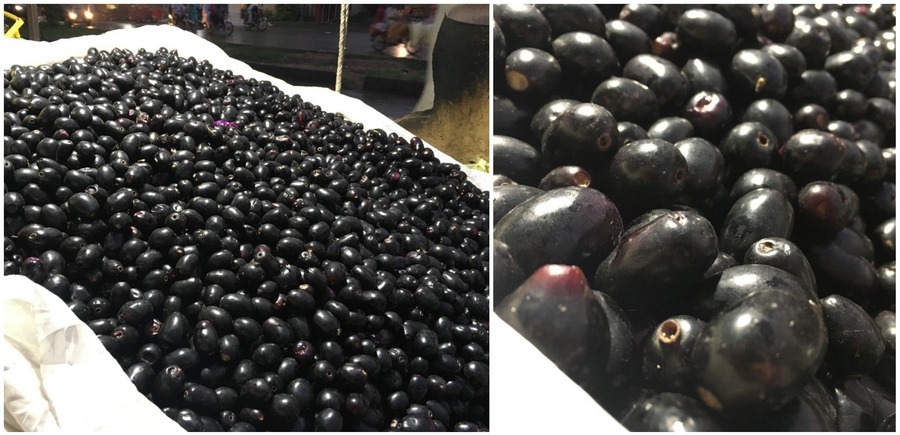
‘Like a small plum, these fruits will make your mouth turn dry and stain your tongue purple! Best when tossed with a bit of rock salt and served chilled. Available in July and August.
Kachnar

The flower buds of the kachnar plant should be picked just before they open, and then are cooked in a curry. The resulting taste is vegetabley and slightly floral, but the flavour of the gravy often dominates. Available December to March.
Kinnow
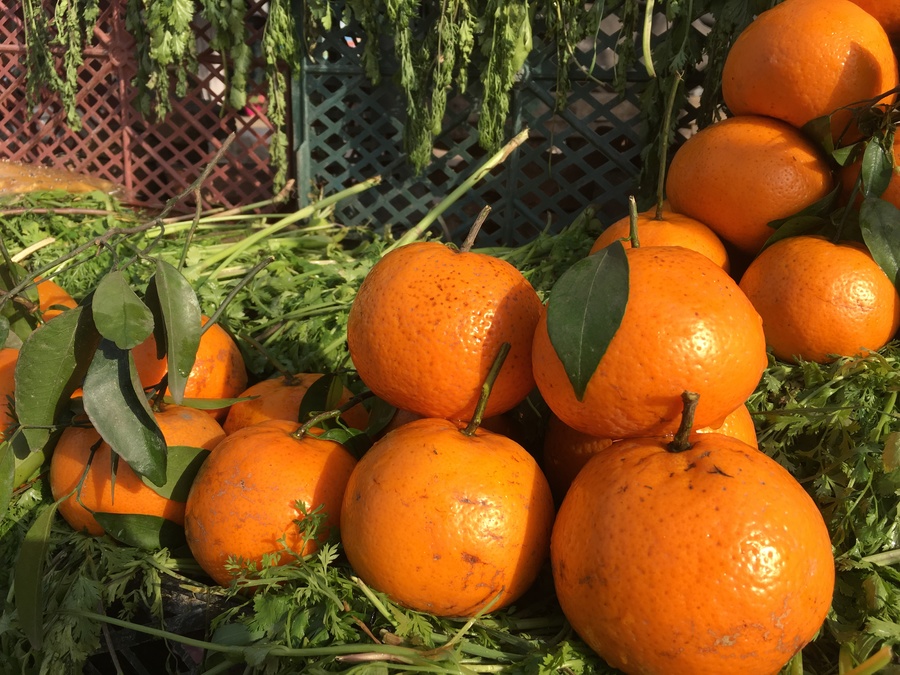
The closest thing to this in Australia, where I grew up, is the mandarin, although this is quite different. The kinnow still tastes more like an orange than a mandarin, and the skin is harder to peel, but its juice is deliciously refreshing. Available December to March.
Marrow Squash
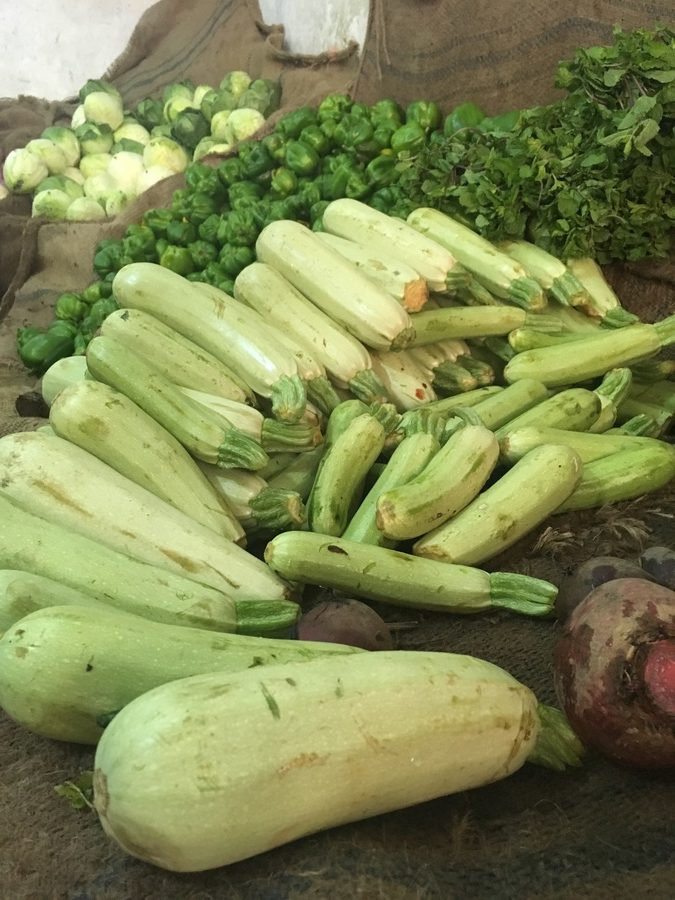
Another one of Pakistan’s various pumpkins and squashes, this one is more similar in flavour to the pumpkins that are common in western countries. Pronounced “maa-roo”, it’s available most of the year.
Persian Lime
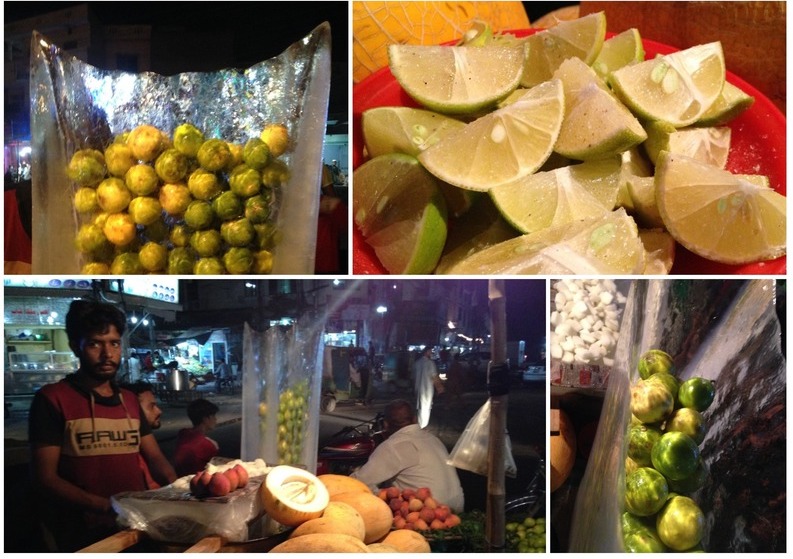
Known locally as meethay, the Persian Lime is a slightly sweet, tough-skinned lime native to the Iran-Afghanistan region, and in Pakistan it gets served up roadside after sitting on ice for a couple of hours. Intensely refreshing! Available late summer – early winter.
Sweet Lemon
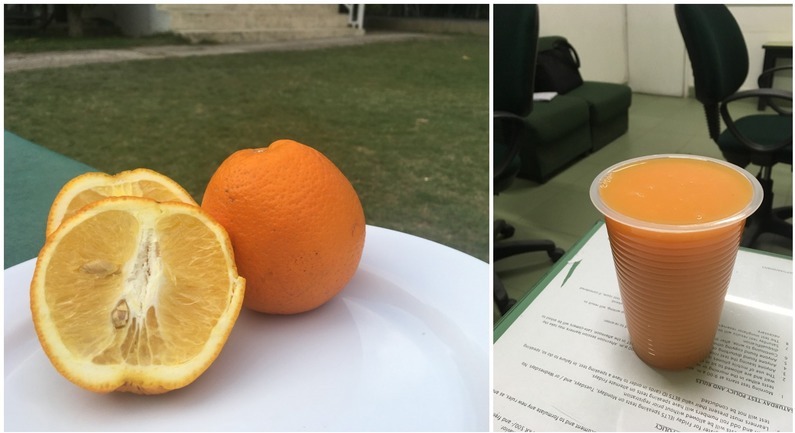
Continuing on the theme of sweet citrus fruits, the sweet lemon (throughout the subcontinent known as mosambi) is somewhere between a lemon and an orange, delivering a uniquely tart yet sweet punch to the tongue. It’s not a great fruit for eating on its own, but in a juice it’s simply divine – like a sweet lemon-infused orange juice. The ones in Pakistan have orange skin, but in India they commonly have yellowish-green skin, but the flesh is still the same orange yellow inside. Available December – March.
Okra
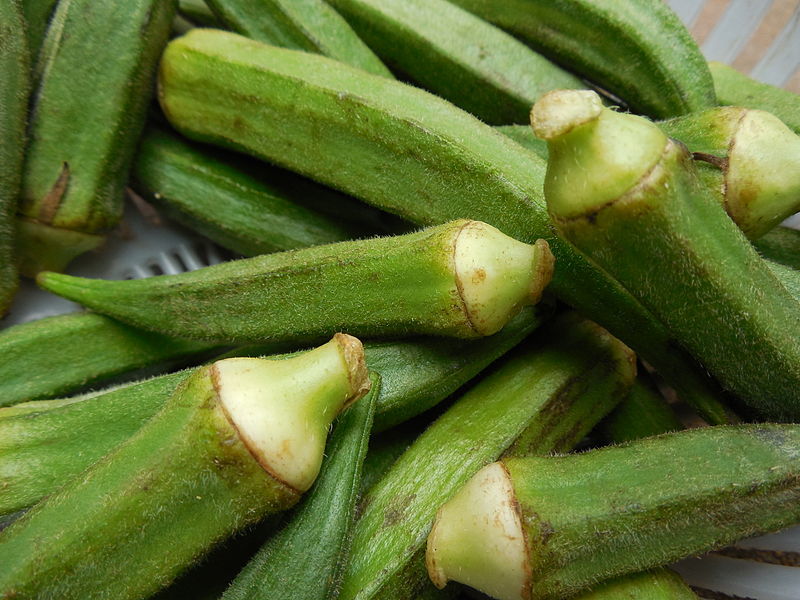
(Image: Aravind Sivaraj, Wikimedia Commons)
This is a common vegetable in the subcontinent, and apparently also in parts of the Americas, but in Australia it’s noticeably absent. Sometime’s called Lady Fingers, and locally known as bhindi, the shoots have their caps and tips removed and are then often diced to be cooked in a curry. The flavour is a strong vegetable flavour, not dissimilar to broccoli. Available year round.
Mustard plant
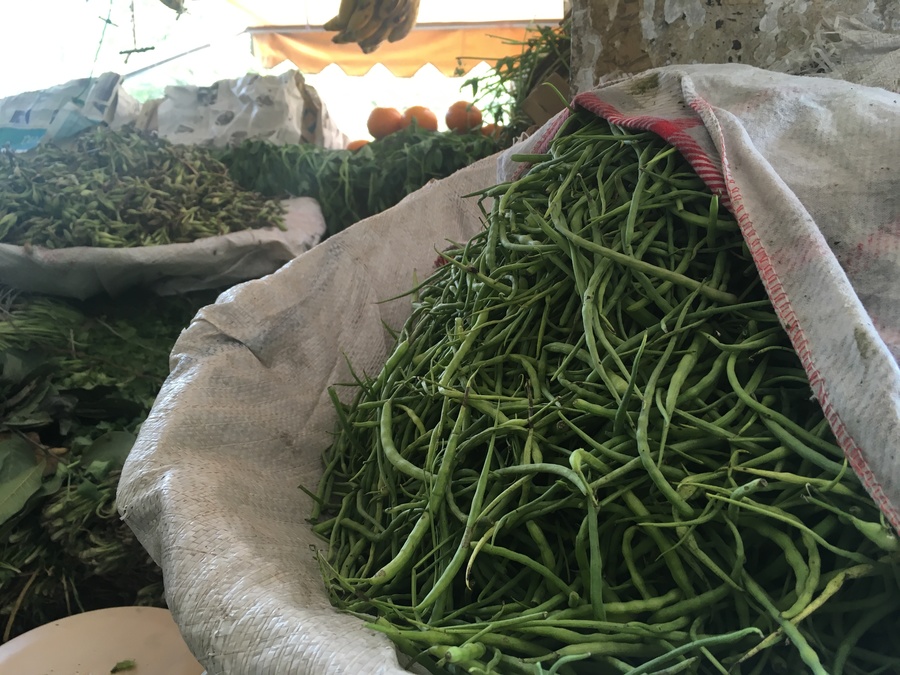
Mustard seed pods
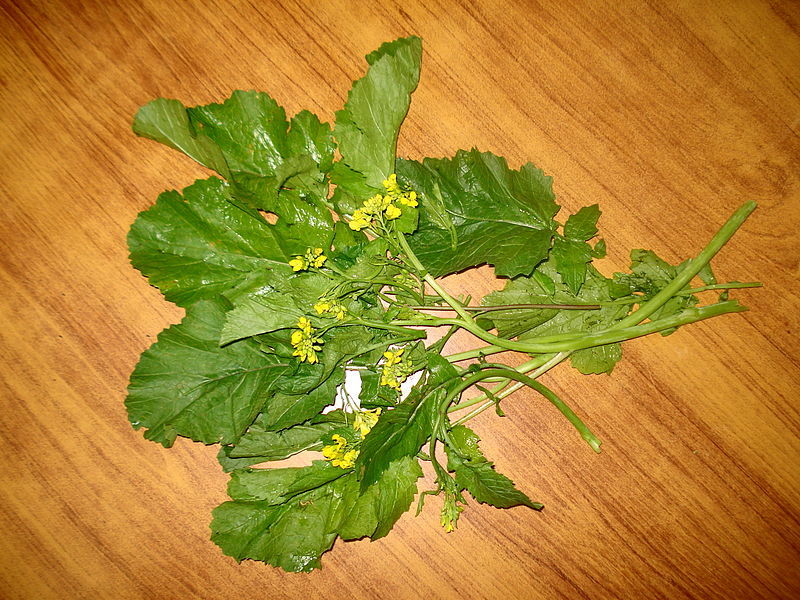
Mustard greens (“Saag”) (Image: Miansari66)
The mustard plant (known as sarso) is ubiquitous in the subcontinent, and although the plant itself is rarely eaten “as is”, the plant has an important place in the hearts of Pakistanis. The seeds are used to extract mustard oil which is used sometimes in cooking, but more often as a lotion for the skin and hair. Sometimes the seeds are roasted and then added to dishes to add flavour. However the most-loved part of the mustard plant is what is often known in English as ‘mustard greens’, but in Pakistan is just called saag – the leafy material that is cooked with butter to make a warming stew in the cold winters.
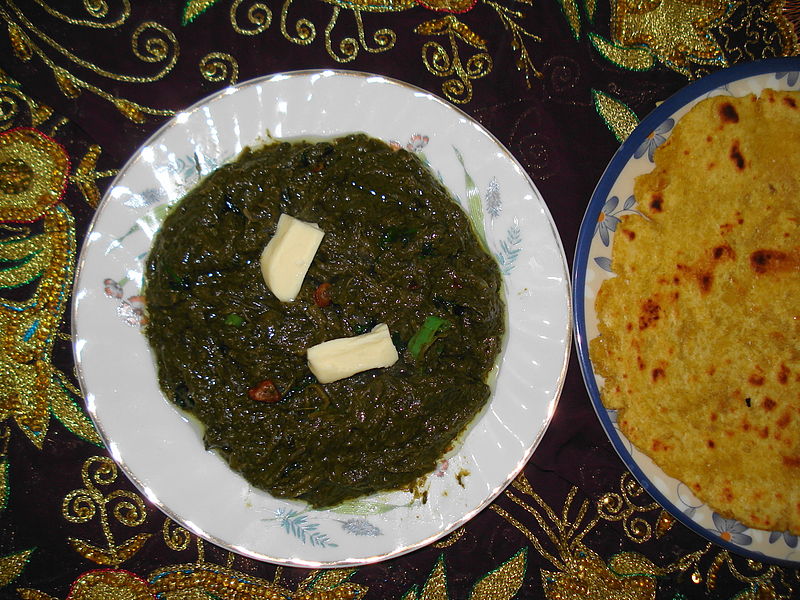
(Image: Miansari66)
Just the mention of this can bring a tear to most Pakistanis’ (especially Punjabis’) eyes, as they recall their mother’s cooking from their childhood. Sarso is available year round, but the leaves are usually only harvested for saag from November to February.
Snake Gourd
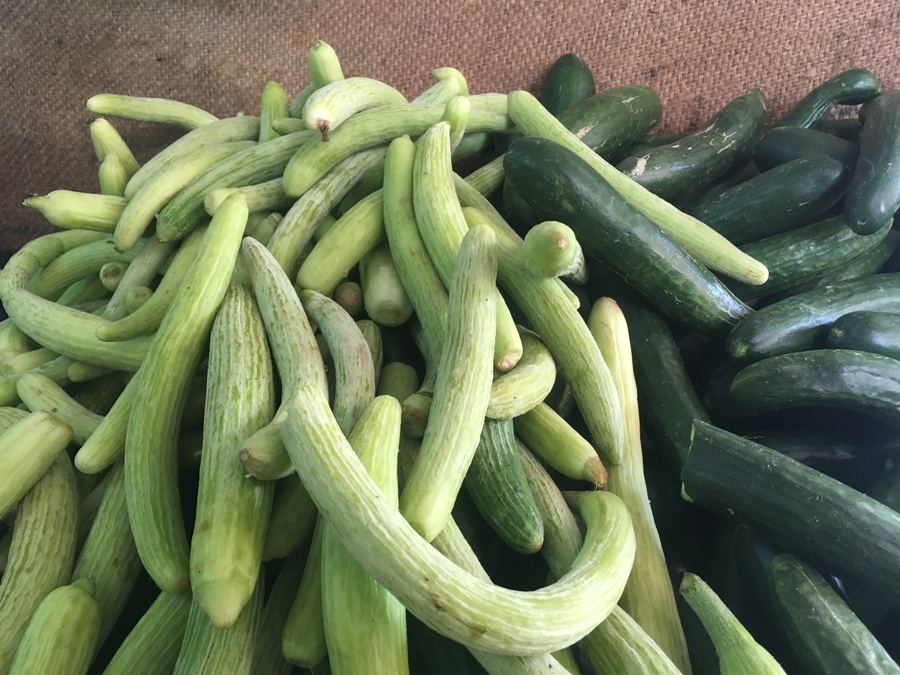
Another squash! These squash look like snakes and taste like very savoury pumpkins, and are cooked into curries year round.
Taro
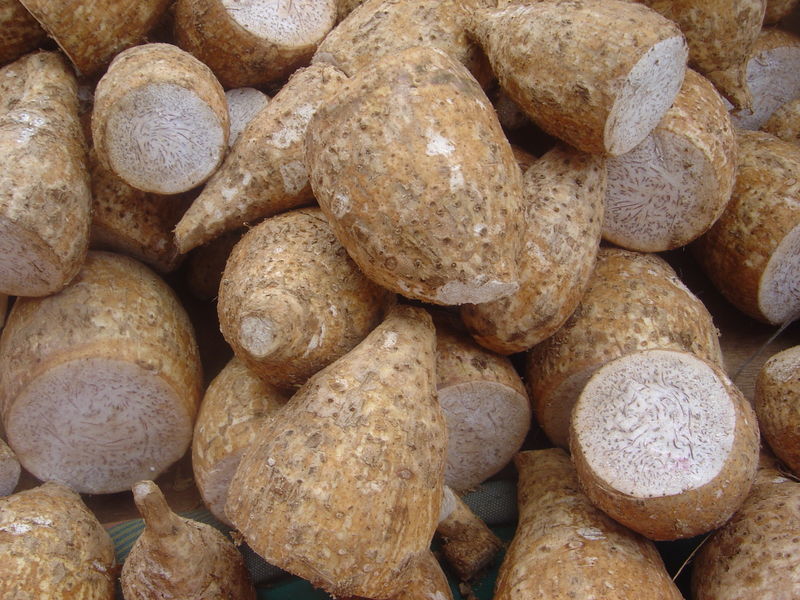
Known locally as arvi, taro is a root vegetable that, when cooked, resembles a squidgy potato. Commonly diced and cooked into a curry, often with a portion of meat. Available most of the year.
Apple gourd

Apple gourd is much better known in the subcontinent as ‘tindeh‘, and it’s yet another type of squash. It’s similar in texture and flavour to the yellow squash that westerners might be familiar with, and gets its English name from its distinctive shape. Available in spring.





Oh… mausambi juice! Karela! Bhindi masala… damn.
🙂
makes me want some fried chicken! 😛
lol… me too :p
You have missed the other variety of the Ber fruit the one which resembles jujube .. but you will not find those in markets.. but any local should be able to get some from some where ..
you have also missed Shehtoot … a mix of raspberry and blue berry, its called Mulberry in english, these can’t be found in the market too because they are very soft when they ripen and cannot stand transportation, but again any local should be able to get you some..
Oh I haven’t seen those Ber fruit before! But I’m quite familiar with Mulberries – we had them in Australia when I was growing up 🙂 Thanks for reading – I’ll be searching for those Ber fruit now!
You are talking about round smaller then shown in picture
You have missed Mulberries, the best!